Insider Threats in your organisation – Monitoring and Prevention Strategies
In today’s interconnected digital world, businesses face an increasing array of cybersecurity threats, and among the most challenging to combat are insider threats. Insider threats are potential risks posed to an organisation’s security by its own employees, contractors, or business partners who have authorised access to the company’s systems, networks, and data.
These threats can be either intentional or unintentional and may result in significant financial losses, data breaches, reputational damage, and legal repercussions. It’s imperative, therefore, for businesses to proactively monitor and implement preventive measures to mitigate the risks associated with insider threats.
Understanding Insider Threats
Insider threats are diverse and can manifest in various forms, including:
Malicious Intent:
An employee or insider with malicious intent might intentionally steal, leak, or sabotage sensitive data or systems. This could be driven by financial gain, revenge, ideology, or competition.
Negligence or Carelessness:
Employees, often unintentionally, may compromise security through carelessness, such as weak passwords, improper handling of sensitive data, or falling victim to phishing attacks.
Compromised Insiders:
An insider whose credentials have been compromised or an employee unknowingly facilitating an external threat due to a compromised system.
Monitoring for Insider Threats
Implementing robust monitoring systems is vital to detect unusual activities and behaviours associated with insider threats. Key monitoring strategies include:
Privileged Access Monitoring:
Monitor and audit the activities of privileged users closely, as they have elevated access levels. Any unusual activity could be a sign of a potential insider threat.
Endpoint Monitoring:
Monitor endpoints for suspicious activities, including file transfers, application usage, and system access. Endpoint monitoring can help identify potential data exfiltration or unauthorised access attempts.
Access Controls and Monitoring Access Logs:
Implement stringent access controls and regularly review access logs to detect any unauthorised or suspicious access attempts, especially to critical systems and sensitive data.
Preventing Insider Threats
Prevention is key to mitigating the risks posed by insider threats. Implement the following strategies to bolster your organisation’s cybersecurity posture:
Education and Awareness:
Regularly educate employees about cybersecurity best practices, the consequences of insider threats, and how to recognise and report suspicious activities.
Continuous Monitoring and Auditing:
Continuously monitor and audit user activities, system access, and data transfers to promptly identify and respond to any suspicious or unauthorized actions.
Data Loss Prevention (DLP):
Utilise DLP solutions to monitor, detect, and block unauthorised transfers of sensitive data, providing an additional layer of protection against data exfiltration.
Incident Response Plan:
Develop and regularly update an incident response plan specific to insider threats, detailing steps to be taken in case of an incident, including communication, containment, investigation, and recovery.
Test your Processes:
Regular testing of your defences against suspicious activity through activities, such as penetration testing or running playbooks to ensure governance is in place to recognise and intercept attacks, helps prevent significant operational downtime, financial losses and reputational damage if an attack were to eventually take place.
Regular Security Training and Assessments:
Conduct simulated insider threat scenarios to assess employees’ responses and readiness to handle potential insider threats effectively.
Summary
Insider threats pose a significant risk to businesses, and their prevention requires a multifaceted approach. By implementing robust monitoring techniques and educating employees about cybersecurity, organisations can proactively identify and prevent insider threats, ultimately fortifying their defences against potential cyber incidents and ensuring the safety of critical assets and data. If you have concerns about risk from insider activity or want to understand how to better understand how to proactively combat this threat before it becomes a reality, contact Amicis Group at hello@amicisgroup.co.uk or click here to arrange a call with one of our team.
